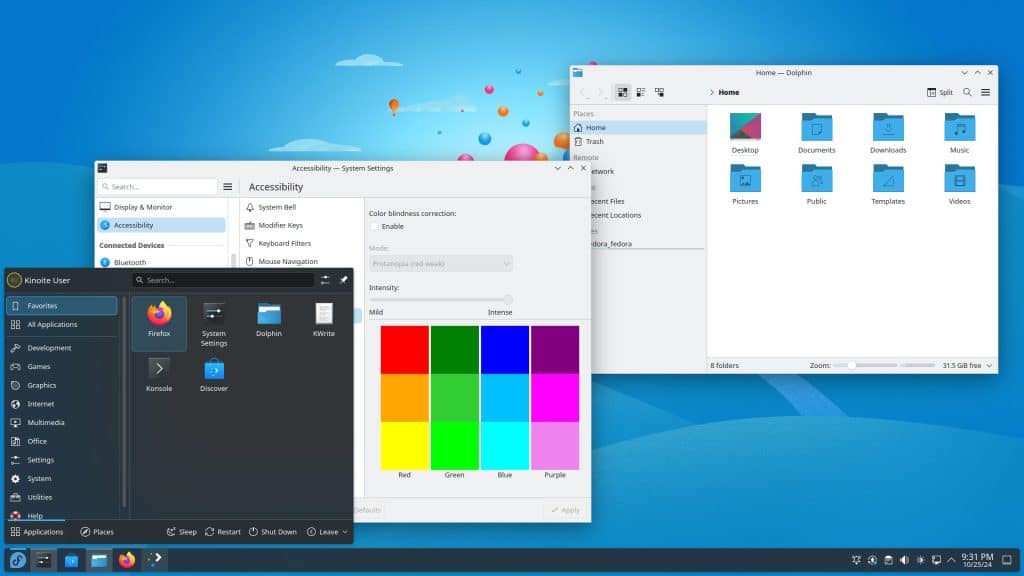The European Union is once again placing its bet on developing a sovereign Linux-based operating system. Dubbed EU OS, this new project aims to become the standard operating system for public administrations and organizations across Europe. The initiative promises greater digital sovereignty, cost savings, and enhanced security for European institutions.
However, this effort revives memories of previous failed attempts—particularly in Spain, where a proliferation of regional Linux distributions ultimately wasted public funds and failed to achieve widespread adoption.
Spain’s legacy of abandoned Linux distributions
Spain’s regional governments have a long history of creating Linux distributions with great fanfare but little long-term success. Names like Molinux (Castilla-La Mancha), Guadalinex (Andalusia), LliureX (Valencia), MAX (Madrid), LinEx (Extremadura), and Trisquel (Galicia) were once heralded as cornerstones of open-source sovereignty and cost efficiency.
In practice, these projects faltered due to poor compatibility with widely-used software, lack of technical support, and minimal political will to maintain them over time. Most public administrations quietly returned to proprietary solutions after finding these initiatives impractical for real-world use.
What is EU OS?
EU OS is based on Fedora Linux and uses the KDE Plasma desktop environment. The project is designed with modularity in mind, allowing individual EU countries and institutions to customize their deployments without compromising interoperability or unified management.
The concept follows the “public money, public code” principle, advocating that all publicly funded software should be freely accessible, modifiable, and shareable. This approach seeks to reduce dependence on large commercial software vendors and avoid restrictive licensing fees.
Controversies and past failures
Not everyone is convinced by the choice of Fedora, a distribution sponsored by Red Hat, which is now part of IBM, a U.S.-based company. Critics argue that selecting a truly European option like Debian or openSUSE would have been more aligned with the goal of digital sovereignty.
Moreover, Europe has seen other large-scale government Linux initiatives fail. GendBuntu, developed for the French Gendarmerie, faced challenges in scalability and long-term support. The most infamous example is LiMux, the high-profile project in Munich, which after years of investment and effort, reverted to Windows due to compatibility issues and external pressure from major vendors.
Early stage with many unanswered questions
As of now, EU OS is still in its early stages. Despite its official-sounding name and logo, the European Commission has not formally endorsed the project. There are no beta versions available, and only preliminary documentation has been shared. The development team plans to test hardware compatibility across different environments before moving forward.
The big challenge will be winning the confidence of European administrations and avoiding the mistakes that doomed past efforts. Maintaining long-term political support, offering robust user training, and ensuring seamless compatibility with existing infrastructure will be essential if the project is to have any chance of success.
A difficult road ahead
While the ambitions behind EU OS are laudable, the odds are stacked against it. Competing with global giants like Microsoft and Google, whose ecosystems are deeply entrenched in both public and private sectors, will be a monumental task.
Europe’s track record in this space suggests that unless EU OS is backed by a concrete, long-term strategy and significant investment in maintenance and user education, it risks becoming another well-intentioned project that burns through public funds and fades into obscurity.
Conclusion
EU OS could mark a turning point for European digital independence if executed properly. But without clear institutional commitment, sustained funding, and a coordinated adoption strategy, it is more likely to join the long list of government-led Linux projects that started with great ambitions and ended as costly failures.
Only time will tell whether the European Union has learned from past mistakes or if EU OS will become just another chapter in the saga of abandoned public sector Linux distributions.
More information in EU OS GitLab

